Plant Cola de Burro in your Garden: [Irrigation, Care, Light and Substrate]
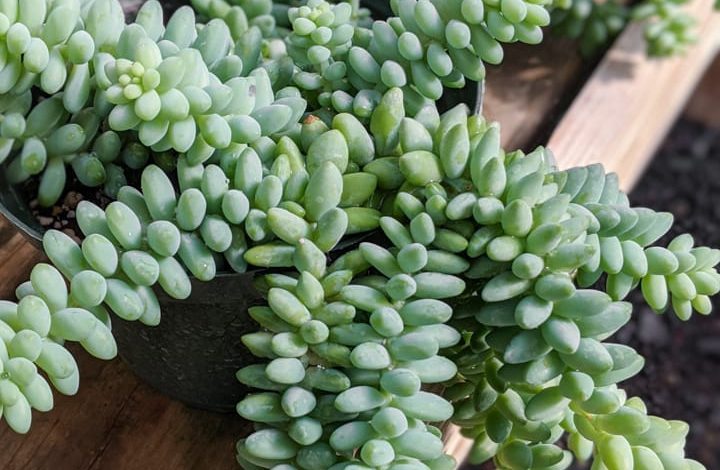
Donkey’s tail, whose scientific name is Sedum morganianum, is a succulent plant that belongs to the Crasulaceae family. Its origin is Mexican.
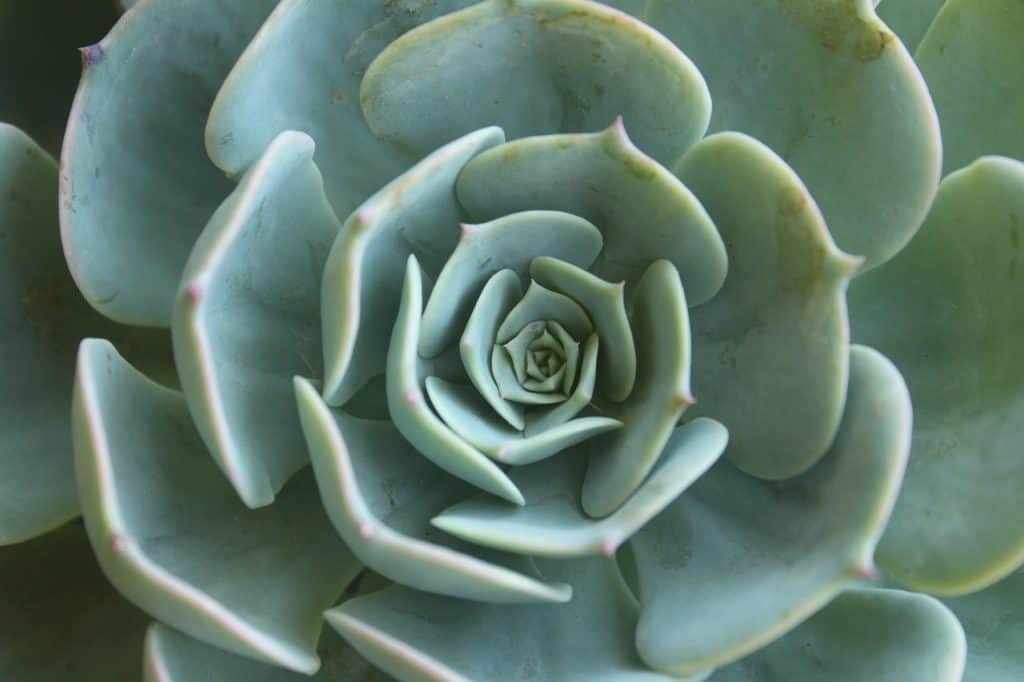 It is also known as Borrego’s Tail or Drunkard’s Nose and it really is sensational to grow it in hanging baskets to decorate very special spaces in your home.
It is also known as Borrego’s Tail or Drunkard’s Nose and it really is sensational to grow it in hanging baskets to decorate very special spaces in your home.
It is made up of a succession of almost cylindrical leaves of a grayish green tone that hang thanks to their long stems with a beautiful fall.
These characteristics make it a perfect indoor plant for the inexperienced. It is also very, very resistant.
It is also an excellent choice as a garden hanging plant or indoor hanging plant.
It does not require great care.
Its cultivation is only required in a pot with very good drainage that you should locate somewhere with good elevation when its stems reach full growth, in order to protect its unique leaves.
Important points when planting donkey tail:
- Family? succulents
- Temperature? It adapts very well to different temperatures. It likes heat, but tolerates low temperatures between 5-7º.
- Light? It needs indirect light. At least 4 hours of sun per day.
- fertilizer? _ You can use earthworm humus or compost. Do it 2-3 times a year.
- Irrigation? In summer and spring, 2-3 times a week is enough. In winter once a month.
Pink flowers sprout in spring and summer at the end of the stems, but this rarely happens, unless it is stimulated by taking it out in the sun during the summer days.
Another characteristic that identifies it is that it reproduces very easily, because you only have to take a cutting and stick it in the moistened substrate. Soon a new plant will be born which, to be honest, will be quiteself-sufficient and will not require great care.
We see what are the minimum needs of this American plant capable of storing water in its unique leaves.
Temperature
Burro ‘s Tail is superior to many other succulents in adapting to high temperatures.
He likes the heat.
But it also tolerates minimum temperatures that oscillate between 5 to 7°C.
However, it is not a bad idea to help it rest in the winter, when you should keep it in rather cool areas that will keep its leaves full of water.
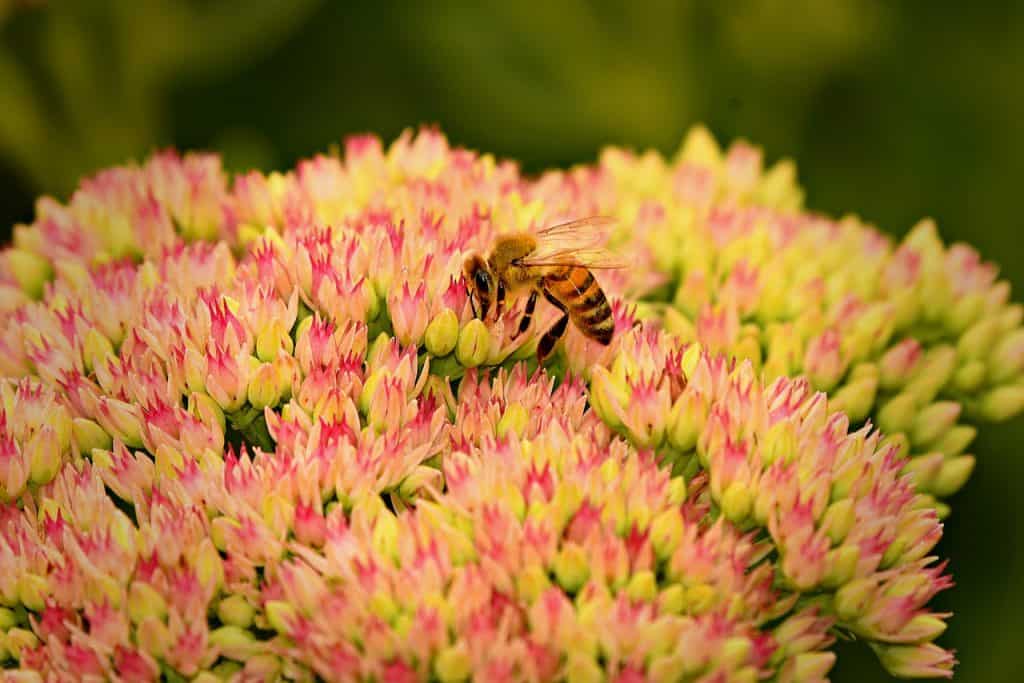
Light
Undoubtedly,a priority for her is the need to receive generous indirect light.
Although it is true that it cannot stand exposure to strong sunlight, this plant requires at least 4 hours of indirect sunlight. If that does not happen, you will notice how its leaves will dry out until they lose their shine and shape. It will not grow and will look very pale indeed.
Substrate and Fertilizer
Fertilize the Sedum Morganianum two or three times a year, because although it is true that its maintenance is minimal, it must be stimulated so that its foliage is fruitful.
An excellent fertilizer will help a lot about twice a year. But if you notice that it has grown a lot then you should move it to a larger pot.
And as for the substrate, search the market for one for cacti. Or prepare one with your own hands, adding to a universal type substrate, perlite and sand in equal parts.
Renewing the substrate should also be done in a period of two or three years.
But the most important thing really is to achieve the best drainage, becausethe roots of the Cola de burro rot with total ease and speed.
Excess moisture is your worst enemy.
Irrigation
As we have already explained, the great capacity it has to store water is directly proportional to the little irrigation it requires.
Once every 15 days will be prudent in spring or summer. Otherwise, you would spoil their leaves. And the substrate must always have dried before undertaking a new irrigation. Always check it with the help of your sense of touch.
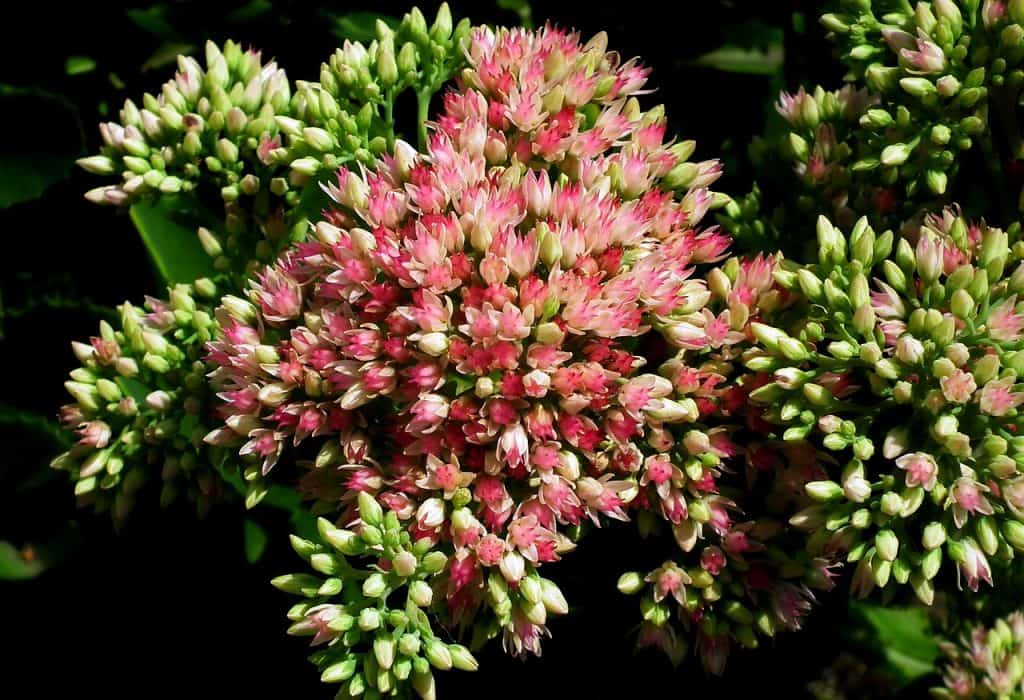 In the winter, the plant goes into excess and does not grow. Just water it once a month. No more of that. And here it is much more important that the drainage of the pot is perfect, achieving a fluid filtering of excess water, without the soil being overflowed.
In the winter, the plant goes into excess and does not grow. Just water it once a month. No more of that. And here it is much more important that the drainage of the pot is perfect, achieving a fluid filtering of excess water, without the soil being overflowed.
As for the time to reproduce it, wait until spring arrives and the temperatures are mild. The cuttings will take quickly if the substrate is suitable.
They have great rooting abilities. A good time to do this is when some of its leaves begin to shed. That’s where the transplant comes from.
As long as you grow it in a hanging pot with optimal drainage, you will obtain excellent results that will be the healthy envy of anyone who observes this beautiful low-maintenance succulent plant with a high ornamental value, thanks to its imposing presence.

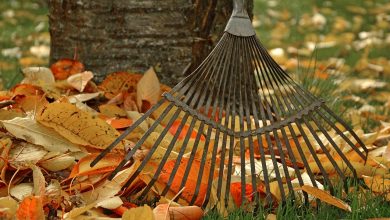
![Photo of The Agrimony: [Planting, Care, Irrigation, Substrate and Pests]](https://www.complete-gardening.com/wp-content/uploads/2022/08/the-agrimony-planting-care-irrigation-substrate-and-pests-272x220.jpg)
![Photo of Tree of Love: [Cultivation, Irrigation, Care, Pests and Diseases]](https://www.complete-gardening.com/wp-content/uploads/2022/08/tree-of-love-cultivation-irrigation-care-pests-and-diseases-390x220.jpg)
![Photo of Alocasias: [Cultivation, Irrigation, Care, Pests and Diseases]](https://www.complete-gardening.com/wp-content/uploads/2022/08/alocasias-cultivation-irrigation-care-pests-and-diseases-390x220.jpg)